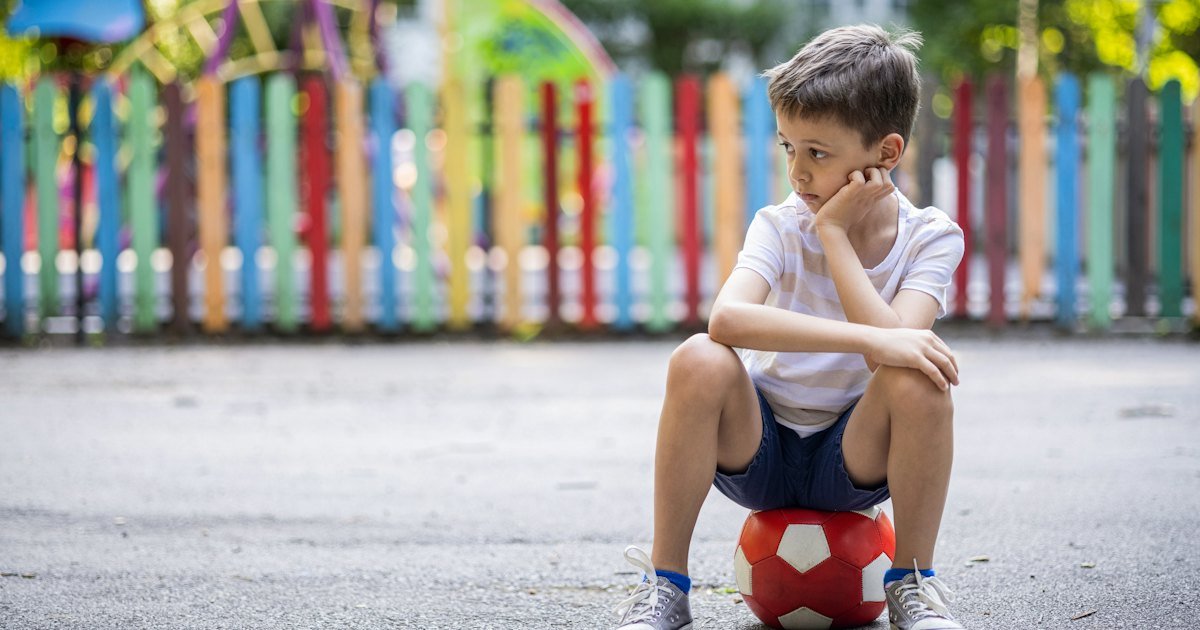Kody Moffatt’s transition from an athletic trainer for hockey teams to the division chief of pediatric sports medicine at Children’s Nebraska provided him with a unique perspective on youth sports. Having worked with junior and professional hockey teams, including three NHL training camps and a San Jose Sharks playoff run, Moffatt understands the challenges and pressures young athletes face. Today, he sheds light on the reasons behind the alarming statistic that about 70% of kids drop out of organized sports by age 13, as outlined in a recent report by the American Academy of Pediatrics (AAP).
In an interview, Moffatt emphasizes the shift in focus from enjoying sports to the “professionalization of youth sports.” Parents often invest significant time and money, expecting tangible results from their children’s participation. The pressure to succeed, coupled with the perception that early specialization is the key to future athletic success, leads to burnout and attrition among youth athletes. Moffatt highlights that, for many kids, sports become less about having fun and more about meeting adults’ expectations of success.
The AAP report, titled “Overuse Injuries, Overtraining, and Burnout in Young Athletes,” underscores the negative impact of the professionalization of youth sports. The pressure to specialize in a single sport, coupled with high training volumes, can result in overuse injuries, overtraining, and burnout. Drs. Joel Brenner and Andrew Watson, sports medicine physicians and authors of the paper, provide insights into managing these challenges in youth sports.
The AAP’s recommendations include promoting athletics to develop healthy habits rather than as a means to an end. The focus should be on having fun, learning lifelong physical activity skills, and avoiding burnout. Parents are encouraged to support intrinsic motivation, emphasizing effort and teamwork rather than fixating on winning. The dangers of playing one sport continuously without breaks are highlighted, with the AAP recommending one day of rest per week and two to three months off from a specific sport annually.
Overuse injuries are a common consequence of extended periods of increased training without adequate recovery time. Moffatt stresses the importance of recognizing signs of burnout, such as loss of interest, motivation, and sleep disturbances. The AAP report suggests using sleep and nutrition to drive performance, with adequate rest being a crucial component of young athletes’ well-being.
Parents are urged to be mindful of their child’s emotional state, especially after injuries. Teaching mindfulness can help young athletes cope with failure and maintain a positive outlook. Staying connected with a pediatrician, having pre-participation exams, and ensuring open communication about sports motivations are crucial elements in preventing burnout.
The overall message is to foster a well-rounded approach, reminding kids that they are more than just athletes. Encouraging open conversations, periodically checking if children are still enjoying sports, and allowing breaks to try different activities contribute to a healthier relationship with sports. Ultimately, the AAP report reinforces the idea that sports are meant to be fun, and prioritizing a child’s enjoyment should take precedence over external pressures.
In conclusion, the AAP’s report sheds light on the challenges youth athletes face in the professionalized landscape of organized sports. By adopting a holistic approach, emphasizing fun, intrinsic motivation, and overall well-being, parents can contribute to a positive and sustainable sports experience for their children.
